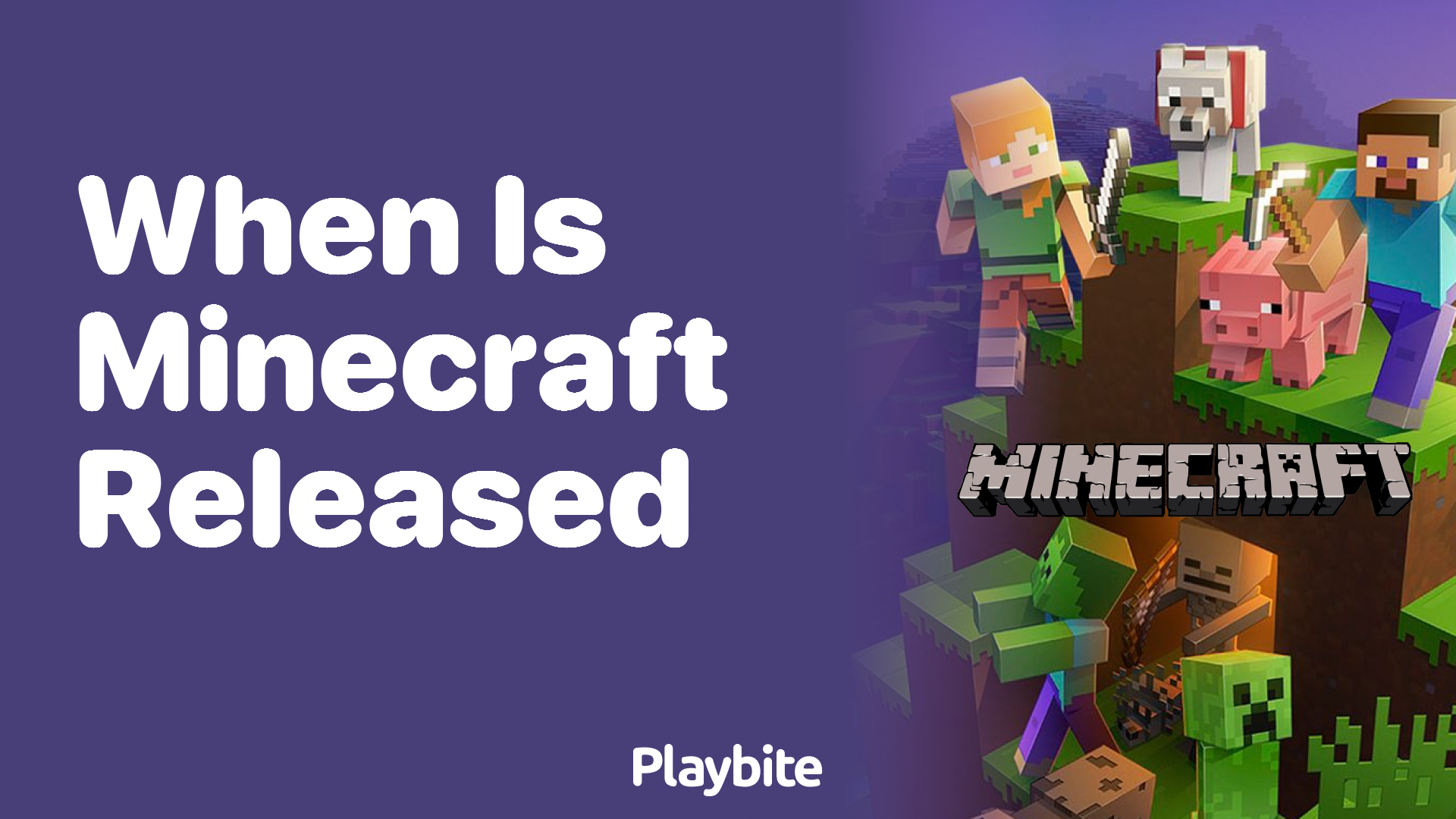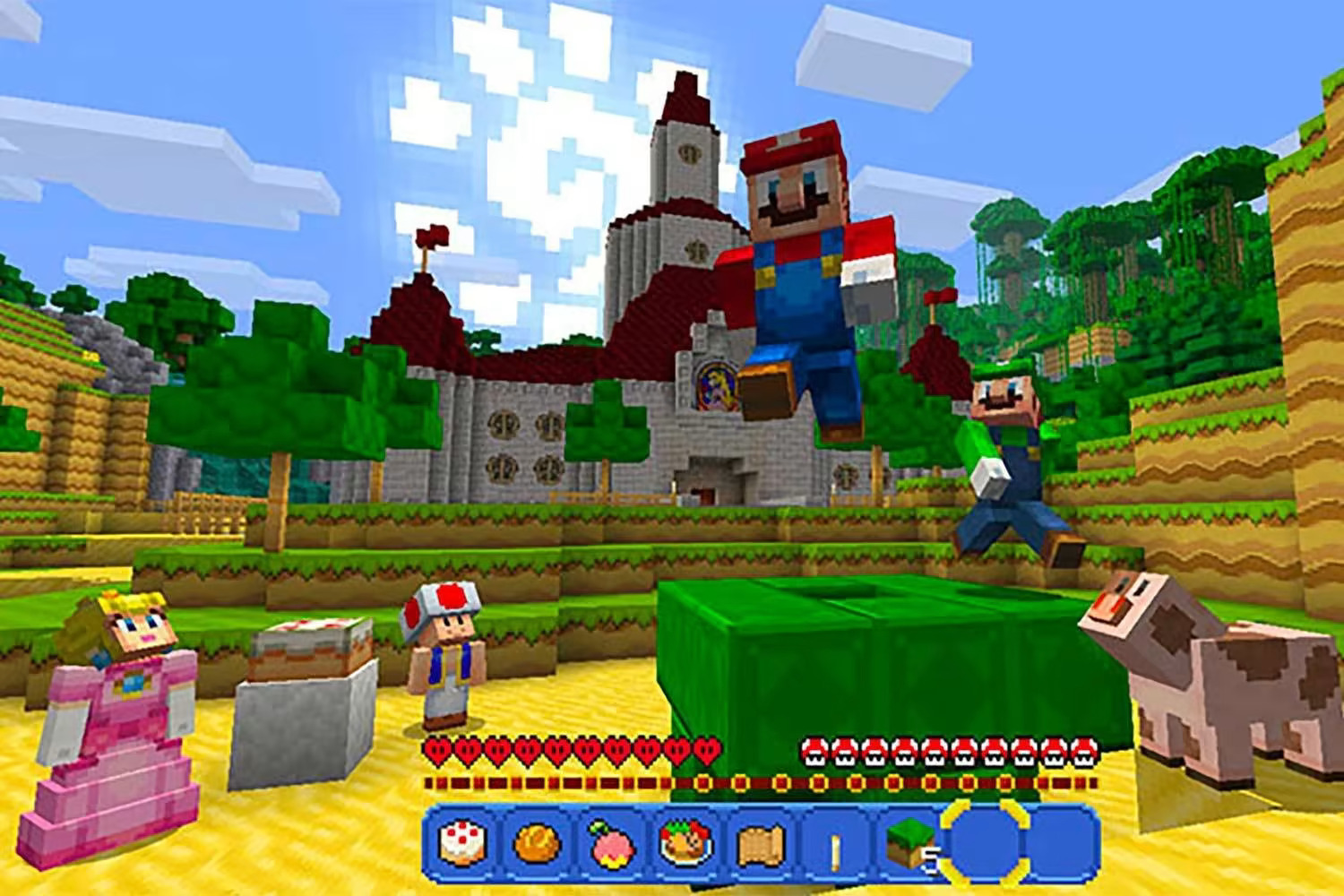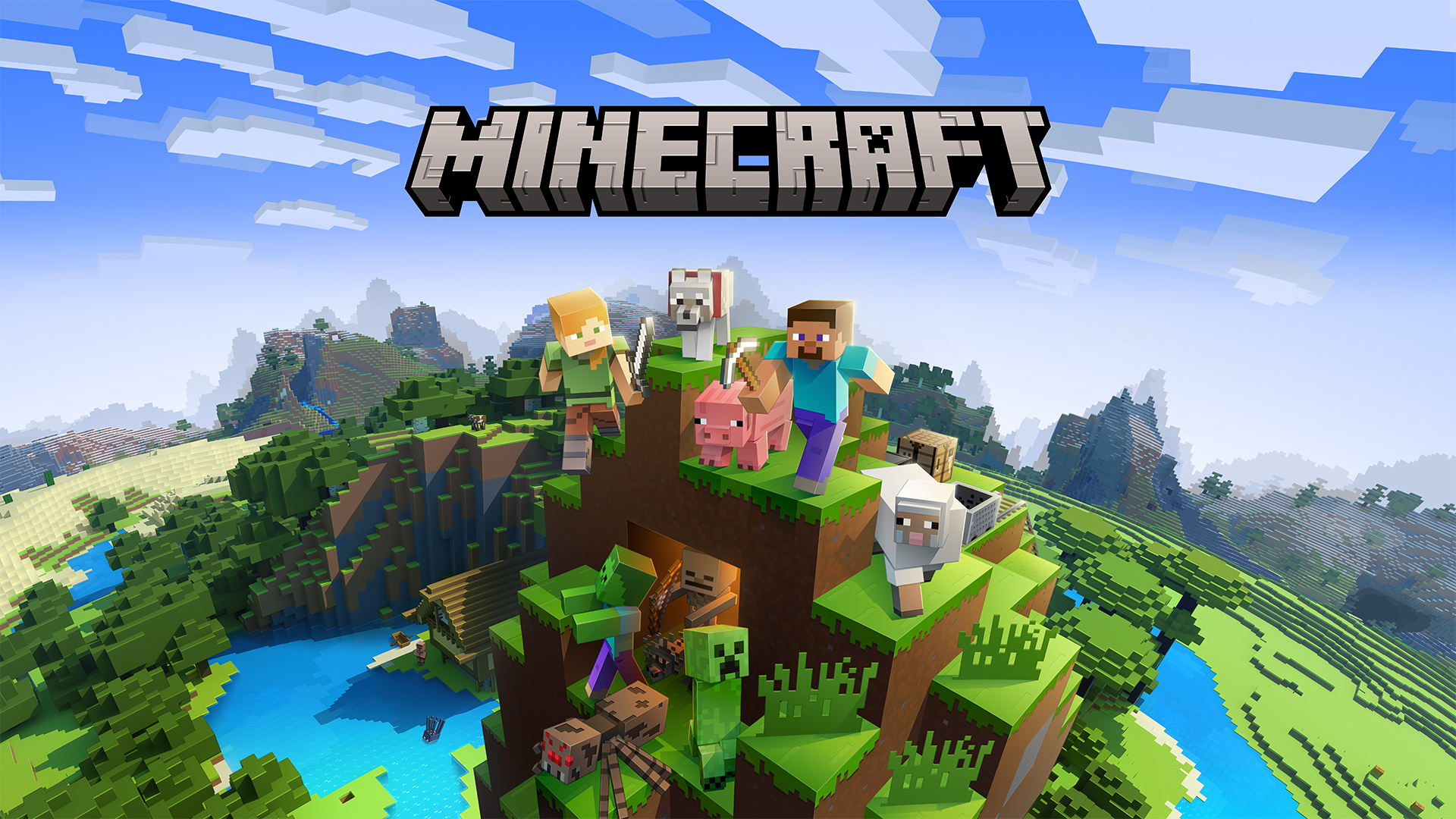Is it possible for a single game to redefine a generation's approach to creativity and survival? Minecraft, a phenomenon birthed from the mind of Markus Persson, not only achieved this, but continues to thrive, captivating players across the globe.
The genesis of Minecraft can be traced back to May 10, 2009, when Persson, better known as Notch, began developing what would become a digital cornerstone. Just a week later, on May 17, 2009, the world was introduced to a nascent version of the game, initially known as "Cave Game" and later, "Minecraft Classic," released for PC players. This early iteration, a far cry from the expansive universe players know today, provided a glimpse into the core mechanics: block-based construction and an open world ripe for exploration.
While the initial release ignited interest, it was the official launch of Minecraft 1.0 on November 18, 2011, that cemented its place in gaming history. This full release, unveiled at Minecon, marked a turning point, introducing features like survival mode, crafting, and the familiar adversaries that have become iconic, transforming the game from a simple creative sandbox into a challenging survival experience.
| Attribute | Details |
|---|---|
| Name | Markus "Notch" Persson |
| Born | June 1, 1979 (age 44), Sweden |
| Known For | Creator of Minecraft, Founder of Mojang |
| Development Start Date | May 10, 2009 |
| Initial Release | May 17, 2009 (Minecraft Classic / Cave Game) |
| Full Release | November 18, 2011 (Minecraft 1.0) |
| Company | Mojang (Founded in 2009) |
| Key Role | Lead Developer, Creative Visionary |
| Notable Achievements | Revolutionized the sandbox genre, sold millions of copies, created a global gaming phenomenon. |
| Official Website | Minecraft Official Website |
The game's evolution didn't stop with the initial release. In the years that followed, Minecraft expanded its reach to mobile devices and consoles, bringing its unique blend of exploration, survival, and creation to a broader audience. A version for Android emerged on October 7, 2011, and an iOS version followed on November 17, 2011, solidifying its accessibility. Subsequent years saw the game's presence blossom on various platforms, including the PlayStation, Xbox, and Nintendo Switch consoles, alongside the ever-evolving PC versions like Java Edition.
The early days, however, were marked by simplicity. The "cave game" released on May 17, 2009, was essentially a creative mode test, lacking the survival elements, crafting systems, and dangers that would define the final product. This alpha version provided a foundational experience, focusing on basic block placement and environmental manipulation. It gave players the first taste of the world that they would eventually be building.
After the initial launch, Minecraft underwent alpha and beta phases, refining the game mechanics and adding new features. These stages of development allowed for experimentation and feedback from the community, allowing Persson and, later, Jens Bergensten, who took over development in 2011, to fine-tune the experience. It was this iterative process that shaped Minecraft into the product we know today.
The impact of Minecraft was immediate. In its first week of the full release, the game sold over a million copies, signaling the beginning of a global phenomenon. Its blocky aesthetic and open-ended gameplay resonated with players of all ages, from casual gamers to experienced players. The games popularity was undeniable, leading to a thriving online community, merchandise, and countless spin-offs.
The term "Minecraft" itself has become synonymous with the sandbox genre. It is a media franchise, a testament to its cultural significance. Its influence can be seen in a multitude of games that followed, all of which seek to capture the same blend of creative freedom and engaging gameplay. As of this writing, Minecraft continues to evolve, with new updates, features, and platforms constantly being added to the experience.
The Java Edition remains the original version of Minecraft, developed by Mojang Studios for Windows, macOS, and Linux. For many players, this remains the definitive way to play the game. It is constantly being updated with new content and features, and is the foundation upon which the game's future is being built.
The release of the full version (version 1.0.0) at Minecon 2011 marked a turning point. At this point the game became more than just a creative sandbox; it added a survival element that pushed players to gather resources, craft tools, and defend themselves against hostile creatures. The games world became a dangerous place, where players could build and create, but also had to face the threat of the unknown.
The game's continued success underscores the importance of innovation and community engagement. Regular updates, such as the upcoming 1.21.5 update on March 25, 2025, featuring new mob variants and audio enhancements, keep the game fresh and engaging. Moreover, the developers' commitment to releasing features such as vibrant visuals through platforms such as the Bedrock edition, demonstrates their dedication to pushing the boundaries of what the game can achieve and providing players with exciting new experiences.
The developers are also working on making improvements and fixing issues with each update, for example release candidate 1 for Minecraft 1.21.1. This will fix critical exploits and enhance the player experience. This is vital for the long-term health and growth of the game.
The game has seen its fair share of rumors as well. The existence of top-secret time travel technology that Mojang uses to write about future updates has caused excitement. But the most important thing about Minecraft is the game itself. Its simple premisebuild, explore, survivehas proven to have a depth and richness that has captivated gamers for over a decade.
For those eager to dive into the game, remember that Minecraft's first launch on PC was in 2009. The game continues to evolve, adapting to meet the needs of its ever-growing audience. Whether you're a veteran player or a newcomer, the world of Minecraft is always open and ready to explore.
The future is bright for the game. Mojang continues to provide updates and new features to the Java edition. With the planned release of vibrant visuals for the Java edition in the future, there is no limit to the amount of creativity and adventure to be explored.
The game's legacy will continue to influence the gaming world. Its original concept of a sandbox game has spawned a multitude of others in different genres, and has become a household name. Minecraft is more than just a game; it is a cultural phenomenon.


